Fly anglers are inundated with gear choices—rods, reels, boots, waders, lines, packs, bags, boxes, vests, apparel and more. Each year, it seems harder and harder to know what's worth coveting and what's worth ignoring. Sure, gear reviews are a great way to get a feel for what might be right for you, but not every piece of gear is suited to a full-length review and, even if it were, there's simply too much of it to get to. With that in mind, we're debuting a new, monthly feature showcasing gear that's working for us on the water right now, to hopefully offer more helpful feedback on gear that's worth a second look.
And it's worth noting that we won't be restricting this column to only new gear. The goal here is to provide useful feedback on gear that works—not to help gin up marketing for new products. Sometimes, great gear has just hit the market, other times it's been here doing good work all along.
YETI Panga bags
Last year, we ventured into a remote rainforest canyon in Chile, reachable only via a long horseback ride over some very rough terrain. Even on a typical ride in—one without the 5 inches of rain that pounded down upon us throughout the trek—gear that is strapped to the packhorses gets smashed and scraped against rock, busted through thicket and tree limbs, and slathered with mud. It's for this reason that, before being set astride the pack horses, all bags get stuffed into incomprehensibly large, roll-top, waterproof sacks that swallow 3 or 4 full-size duffels at a time. But when sack space ran out for our gear-overloaded group, the gaucho was forced to inspect the duffels and select one to make the trip without the extra protection. You might not be surprised to learn that it was the YETI Panga 100L duffel that made the cut—and, despite taking a heap of abuse the whole ride in, arrived in camp no worse for wear.
Like everything YETI makes, its Panga series of waterproof bags are gleefully over-engineered—whether its Panga duffels or the Panga backpack (seen below). And that's a good thing when you're counting on a bag to keep your clothes, electronics and other valuables safe and dry. Unlike most of YETI's lineup, however, the extra engineering and toughness doesn't come at a premium, as the Panga lineup is priced right in line with other waterproof bags from competitors.

Orvis Helios 3
The Helios 3 (seen above) isn't news anymore. It's been around for a while now. It's received a heaping of accolades—as well as its fair share of flack for its can't-miss-it-on-the-water white butt section. But it's a series fly rods that continues to impress as we continue to explore it. The do-it-all 5 weights (the "D" and "F" variants) are distinct in character while both being incredibly versatile and we're often torn on which to fish when heading out for much of our trout fishing. The 7-weight D series has logged many hours slinging streamers on waters both big and small—as it has proven equally well suited to throwing big streamers on long, sinking lines as well as up-close and personal streamer fishing, something we do more and more of these days, making technical, short presentations with floating lines and short, stout leaders. In the salt, the Helios 3 series shines too—with both the 7 and 8 weight H3 excelling when stalking tails on bonefish flats. Truth be told, we've yet to fish an H3 model that didn't end up becoming a favorite.

Yakima Double Haul rooftop rod carrier
Rooftop rod carriers are certainly nothing new. But, not long ago, they were a highly niche-market item with a limited number of choices available from only a few select retailers. Recently, however, the market for rooftop rod carriers seems to be expanding rapidly. Numerous smaller startups seem to be finding success with a variety of different multi-rod carrier configurations, each with their own unique construction and features. Most recently, Yakima—one of the two largest manufacturers of car and truck-mounted systems—entered the fray with their first fishing-focused offerings, one of which is their Double Haul rooftop fly-rod carrier.
Relatively easy to setup and install, the Double Haul swallows 4 fly rods of up to 11 feet in length as well as big spey and saltwater reels (up to 12 weight). The construction is confidence-inspiring and thoughtful features like felt lined reel bays and rubber spacers for longer, bouncier rides don't go unnoticed. If, like me, you're already a Yakima user, you'll also appreciate that the Double Haul's locking rear hatch fully integrates with Yakima's SKS (single key system), meaning you won't have to add more keys to your already overburdened keyring.

Patagonia Shelled Insulator Pants
Are these the finest under-wader pants ever made? Maybe. Typically, I'm not a fan of wearing much besides baselayers under waders. Warm weather under-wader pants never seem to offer much except unnecessary bulk. Under-wader pants made for colder weather offer even more bulk. In my experience, cold-weather under-wader pants often lead to temperature regulation struggles, as well—hiking in to the river tends to lead to sweltering, panic-inducing, sweat-producing heat which then, regardless of how well your gear wicks moisture, leaves you wet and cold once you settle into a beat on the river. Patagonia's Shelled Insulator Pants, however, seem to suffer from none of these flaws. Their slim fit and lock-down cuffs let them slide into waders neatly and easily and doesn't offer any movement-restricting bulk. They're fleece-grid lined, which offers warmth in addition to or in place of a pair of baselayer pants, but doesn't trap enough heat to lead to overheating. They're also perfectly well suited to street wear and stupidly comfortable—so much so that they're getting even more use on the couch than they are on the water.

Trailhead Automatic Tire Deflators
Here on the mid-Atlantic coast, October and November is beach season. Not blanket-and-umbrella beach season, but chasing-birds-and-bait beach season—in search of stripers, bluefish and false albacore. And beach runs mean airing down your tires so that your truck doesn't dig itself a giant hole in the sand. If you've ever aired down your tires, you know that kneeling at each tire, manually pressing the valve stem to let air escape and repeatedly checking the pressure until you've reached your target is a tedious, enormous time suck. Enter Trailhead Tire Deflators. With these deflators, there's no manually letting air out and no pressure checking. They come in sets of four, pre-set from the factory at a beach-friendly 13-or-so pounds, and are easily adjustable to other desired pressures. When you're within a half mile or so of your destination, you just screw them on to your valve stems and they automatically air down your tires as you finish the rest of your drive—stopping when they reach their pre-set pressure limit. While Trailhead Deflators aren't the only automatic tire deflators on the market, they're the most well-built (mostly thanks to fewer moving parts), easy-to-use and reliable of those we've tested.




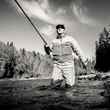
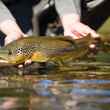

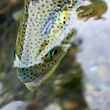
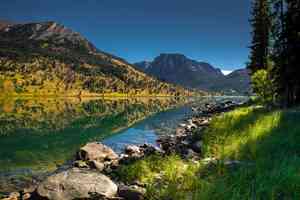
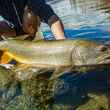
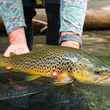
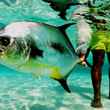
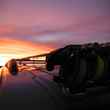
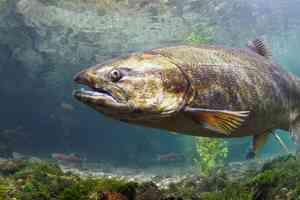
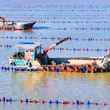
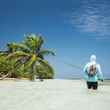

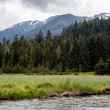


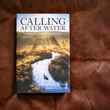

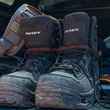
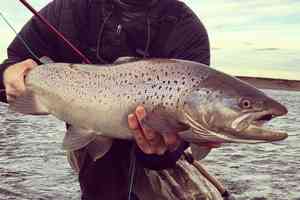
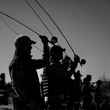
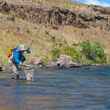
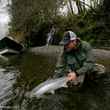
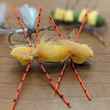


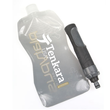

Comments